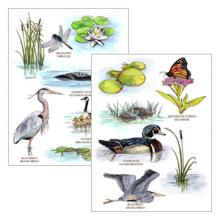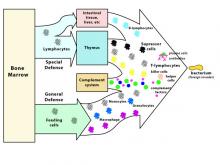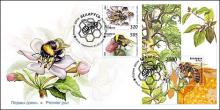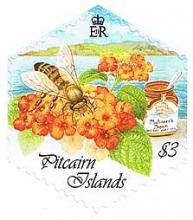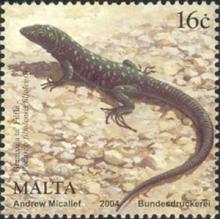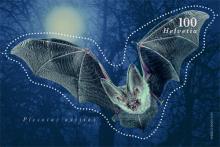US-Behörde verbietet bienengefährliche Neonicotinoide
Der US Government Fish and Wildlife Service hat soeben für alle Naturschutzgebiete im Zuständigkeitsbereich der Behörde ein Verbot von GV-Pflanzen und Neonicotinoide ausgesprochen. Es ist die erste derartige Entscheidung einer staatlichen Behörde der USA. Die im Jahr 1940 ins Leben gerufene Behörde ist für über 560 Naturschutzgebiete und Tausende anderer besonders geschützter Gebiete mit einer Gesamtfläche von rund 60 Millionen Hektar in den USA zuständig. Außerdem betreibt sie 70 Fischbrutbetriebe und unterhält 65 Büros für Fischereiressourcen. »Wir haben entschieden, dass der prophylaktische Einsatz, beispielsweise die Behandlung des Saatguts mit Neonicotinoiden, die sich systemisch in der Pflanze verteilen und ein breites Spektrum von Nicht-Zielarten beeinträchtigen können, mit der Politik des Service nicht vereinbar ist«, schrieb James Kurth, der Chef des National Wildlife Refuge System, am 17. Juli in einem Memorandum. Das landesweite Verbot der Neonicotinoide folgt auf Verbote der Behörde in den Bundesstaaten Washington, Oregon, Idaho, Hawaii und den Pazifikinseln.

